FILM FRIDAY: The Fuji GL690, a review.
By Dirk Dom
“Nonsense, Bond-san. That Leica is for a child. Here, use my Fujica instead!”
— Tiger Tanaka
I love medium format. I love film. And I love rangefinders. I have a Mamiya 7 and an Xpan. My good friend Ivo, during a slight attack of G.A.S., had bought himself a Fuji GSW 690 III. It’s a very nice camera with a 65mm lens which shoots a 6×9 negative. The lens is fixed. When I was researching these cameras on the Net, I discovered that an earlier version, the Fuji GL690, had interchangeable lenses. And the shutter, which was rather loud in my friend Ivo’s GSW, was almost silent in this one.
So, it was my turn to get GASsy. On the Ebay.com, I found a few of these GL 690 camera’s in Japan, one, supposed in working condition, for €200. That was no price at all. It had the 100mm f/3.5 lens on it, and I decided to buy it. A few weeks and custom’s taxes later, I had this ‘Texas Leica’ in my possession.
Oh, boy, did it look used. 45 years of hard use. It had been sort of repainted, brassed through, and the selector screw for using the shutter with the lid open was completely worn away. I fixed that by gluing on a stainless steel screw head. When trying it out, big disappointment. In shooting mode, which they obviously hadn’t tried out, the shutter only worked after several tries in a row if it worked at all, and I had to push it extremely hard, making aiming impossible. Send it back?
I decided to operate on it. The rewind lever off, four screws loosened and the top came off, revealing the shutter/transport mechanism. After looking for a while, I discovered that the interlock for the shutter which prevents the shutter being released after the first cocking (you need to transport twice for every shot) didn’t work properly. It was a little cylinder on a weak spring which was supposed to move aside but didn’t. The next three hours I systematically tried to stop this cylinder to move in the way by blocking several things, but everything in that mechanism did two or three things at the same time, so I wasn’t successful.
At last, the bright idea: I used a bit of copper wire to put the cylinder permanently aside and this was a success. Now, the only thing not working was the interlock at the first cocking, allowing the camera to fire then, but that was no problem. And I had done no permanent damage. The rangefinder was totally spot-on, so I could start shooting. But let’s first look at ‘The Beast’, as it’s nicknamed.
Six by nine negative. Oh, my!!!
It weighs about five pounds. That is at the limit of what I can hold to my eye without shaking and it’s pushing it. I had a Mamiya RB, which was at least as heavy. Because it had a waistlevel finder I had no problem using the RB handheld as it’s much more stable. Luckily the Fuji has two release buttons.
The Fuji works like a 35mm rangefinder, with two exceptions: first, it has these two release buttons, one on top and one in front. I don’t understand why other camera’s don’t have a release in front, as I use this one all the time, it’s just much more natural.
A second thing is that the shutter and diaphragm setting are rings on the lens because it’s got a leaf shutter. You can move the two at the same time, keeping exposure constant. Brilliant!
Loading the camera is extremely easy.
Since I obtained the Fuji in midwinter, I didn’t feel like wasting film in the lousy light. Only now, two months later with weather getting brighter, I tried it out. I got to the Forest of Ranst with four films Tmax 400 (32 exposures), exposed at 800 ASA because I love grain, measuring with a Pentax spotmeter, thus being not completely mechanical. Yellow filter. Developed normally in Tmax developer, scanned on an Epson V750 at 2,400 PPI, which can give me a 24 inch (60cm) print at 300DPI. Levels and burning and dodging in Photoshop. 6×9 negative is creamy smooth with subtle changes in tone. Oh, my. Grain, even with the 800 ASA exposure, is almost invisible, except in the skies, which is exactly what I like.
Anyway, here’s some results:
At f/3.5, the 100mm is a true bokeh machine.
1/30 second was pushing it.
What’s the verdict?
The Mamiya 7 is more hand holdable. But, 6×9 instead of 6×7!!! I like this aspect ratio.
This camera also mounts a 50mm lens, equivalent to a 20mm on full frame. (The 100 mm is equivalent to 40mm) It’s a rare and expensive lens, but I long for it. In fact, I don’t need it, because I have the 43mm for the Mamiya 7. I’ll see.
Next thing I’m gonna do is put some Fuji Velvia through it!!!
Hope you enjoyed this,
Bye,
Dirk.

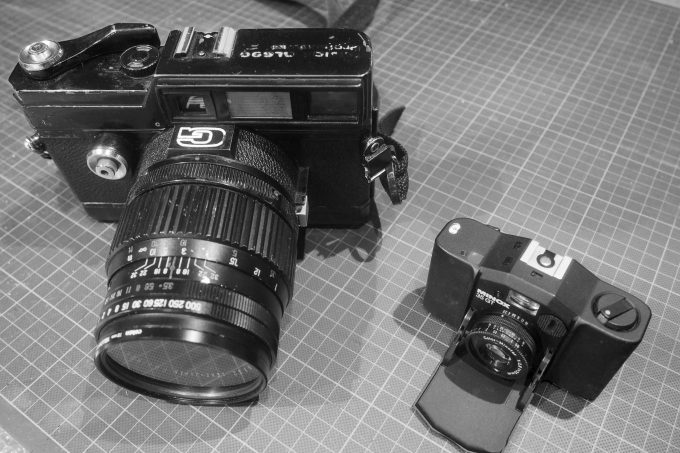
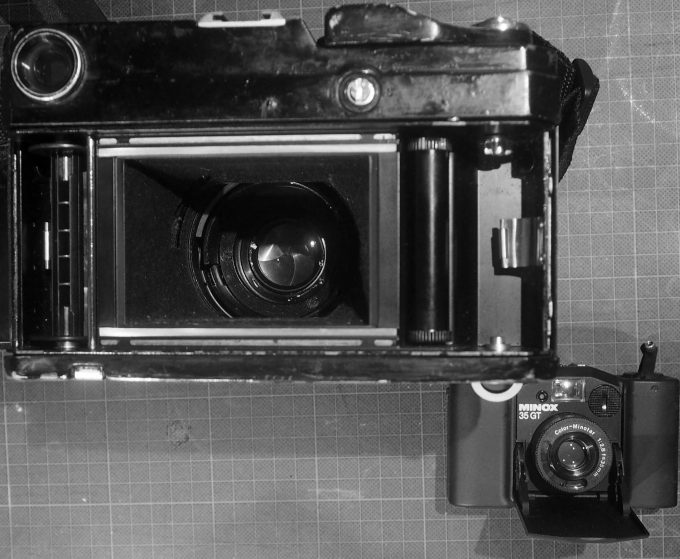
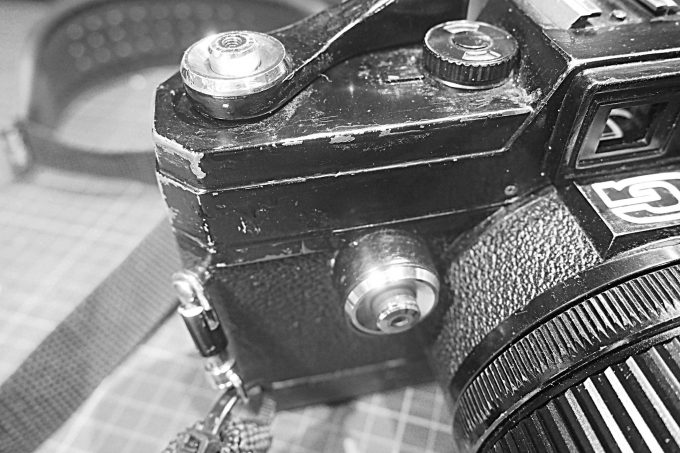
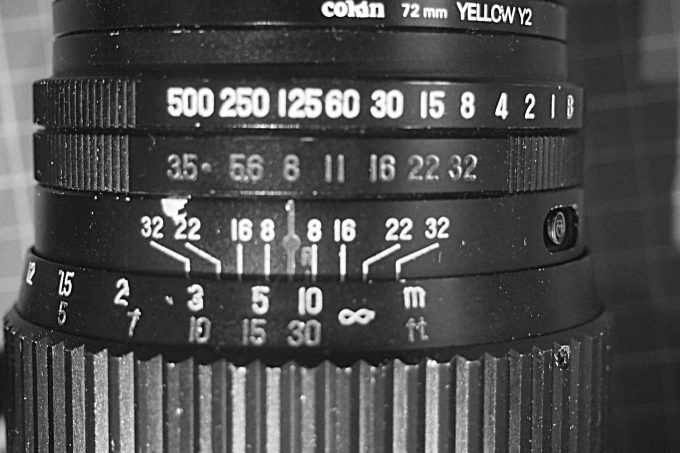
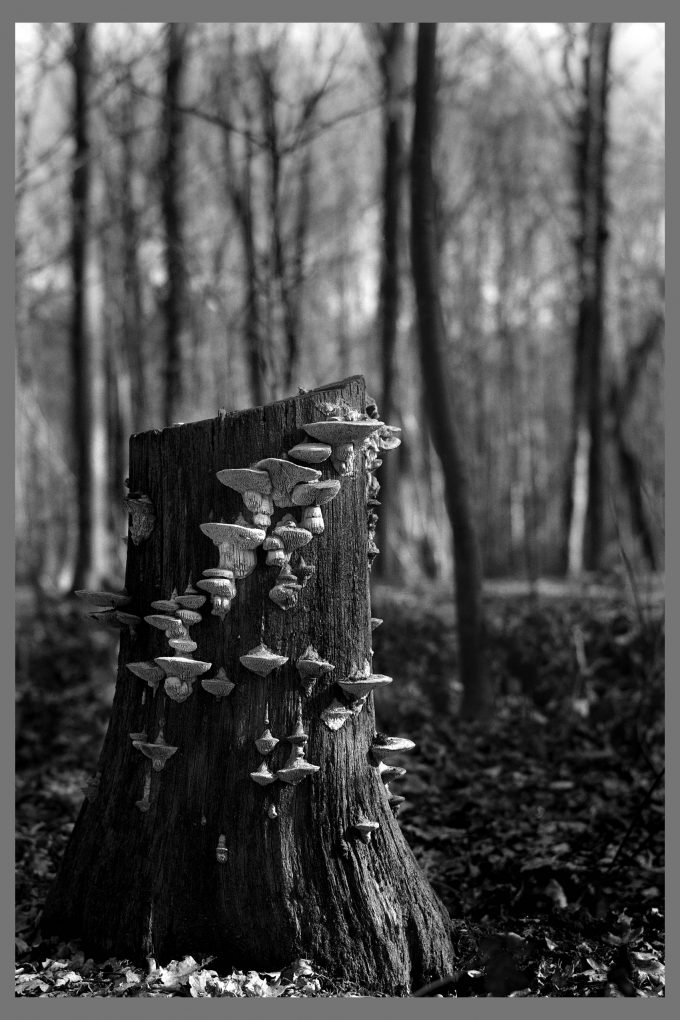
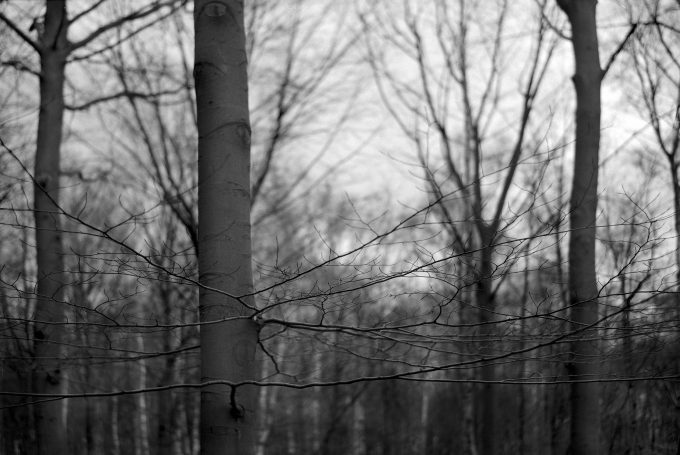
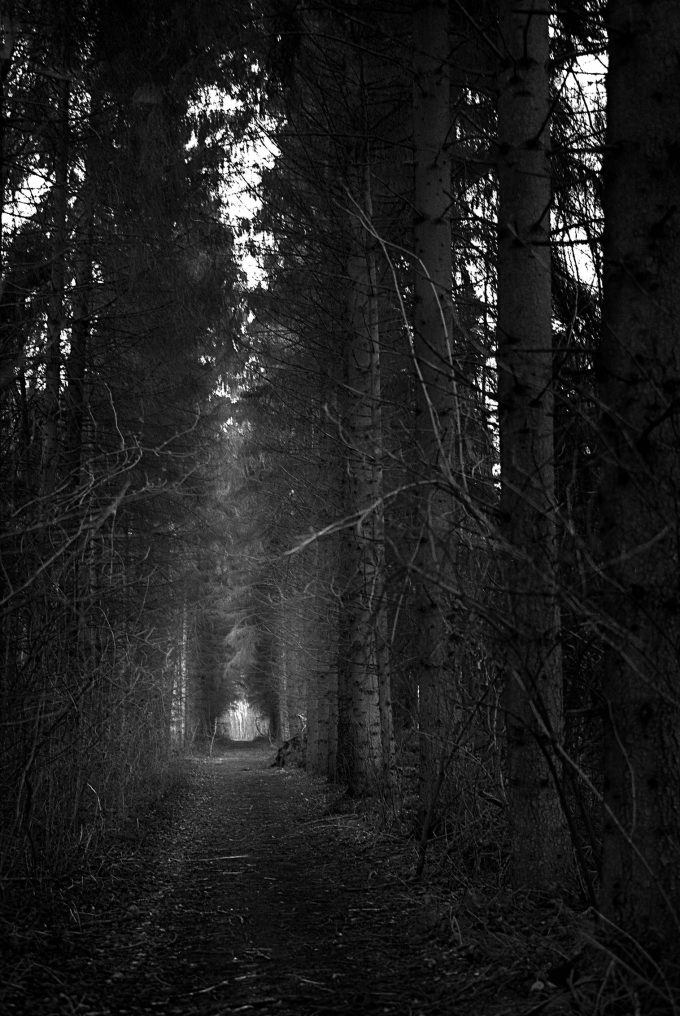
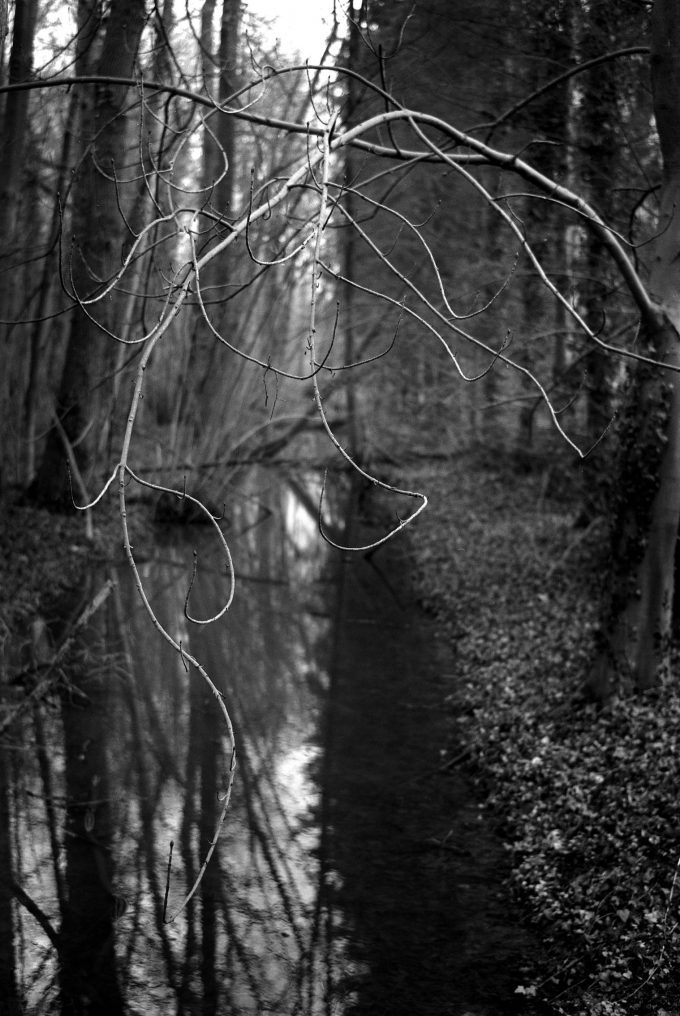
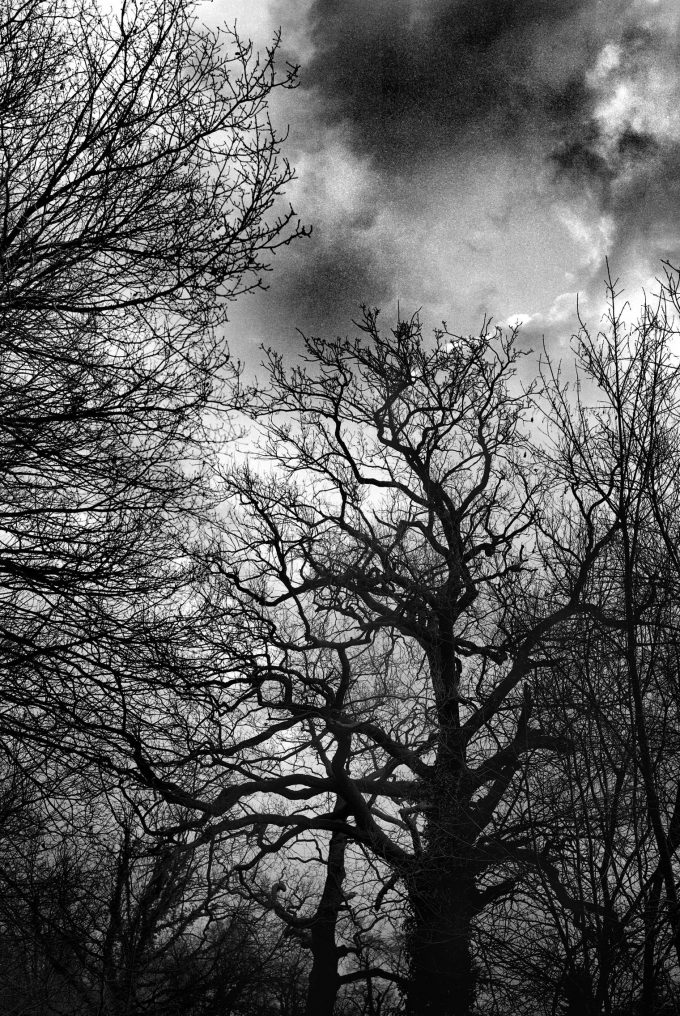
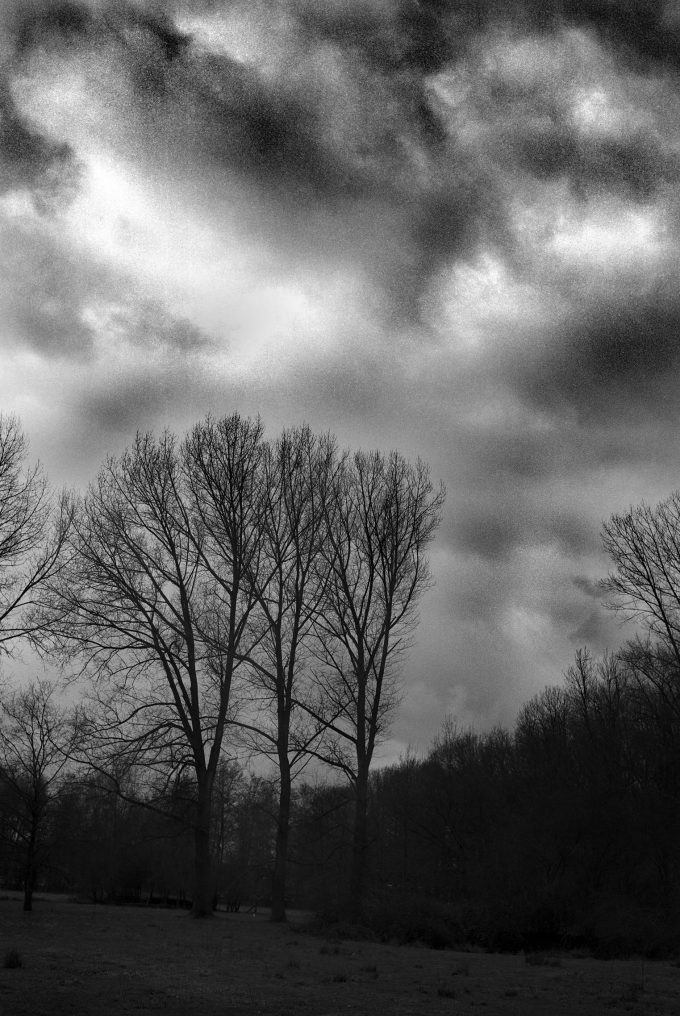


Some really nice shots here. I have one of these, with the 65m 100 and 180 lenses. One thing about it that drives me crazy: what kind of strap does it use? I’ve jury-rigged something, but it’s very awkward to use w/o the “real” strap.
Your art is crazy fine Dirk. Amazing work.
I absolutely love image027. Fantastic. Cool camera, too. It’s a shame that the JPEGS are so compressed. I bet the files are exactly as rich as you say. That’s saying a lot, given that flatbeds are hardly the best scanners in the world.
This is really weird. I was doing some research on the 690 models last night and woke up to find this on the site this morning. Must be fate…I’ve just started shooting my Hasselblad 501 again and was pondering whether to add something that would produce even larger negatives. Don’t really see the point of 6×7 when I can already do 6×6 so 6×9 seems the obvious step up. Nice big negs without having to go all the way to large format and a neg size which (I believe) replicates the ratio of 35mm film. And the Epson flatbed scanners can easily turn them into high quality digital files. Hmmm…better go and walk the dogs before I click on something on Eb@y that I probably shouldn’t! Great post – more film stuff please Mr Huff!
It’s a wonderful machine I don’t use as much as I should because it seems to use a proprietary strap, so walking around with it is a PITA. I don’t want to steal Colin B’s thunder – his photos are awesome – but here’s a gallery of stuff from my GL690: https://www.flickr.com/photos/stevefretz/albums/72177720297597697
Excellent stuff as always Dirk. Love the photo of the path in the trees.
Kind regards
Huss
Is your Minox GT working? I like using my ML and GT–E. Steath camera in your pocket.
Hi!
It used to work, battery is dead , now, however. It’s a fun camera.
Dirk.
I have one of these as well and can’t get it to work. Not really that good at camera surgery, though.
Get the chrome ring above the transport lever loose using pliers, turn like you unscrew a cap from a bottle. It comes off easily. The, unscrew the four small screws holding the top part fixed. lift off the top part.
Then, use a flashlight to look in the mechanism underneath the shutter button. There is a 1/4 inch (6mm) cilinder. It should move aside during the second cocking. If it doesn’t, use a small screwdriver to push it aside. If this makes the shutter work, you’ve found your problem. Use a copper wire (from electric wire) to bind it aside, to a piece of the mechanism support in the back.
Reassemble.
Done.
Dirk.
Fun story, great photos.
so refreshing to see this here!
great article.
Good. I’ll be looking forward to see your shots with Velvia.
Really nice shots
Love film Friday and especially today’s .S3